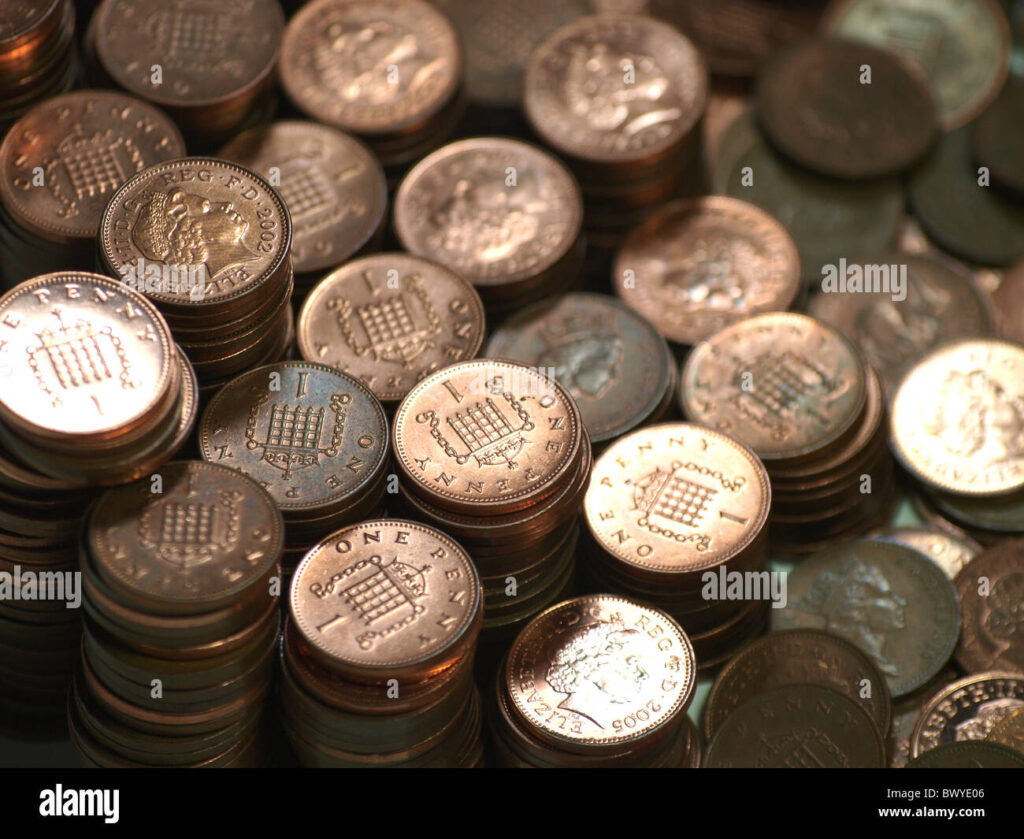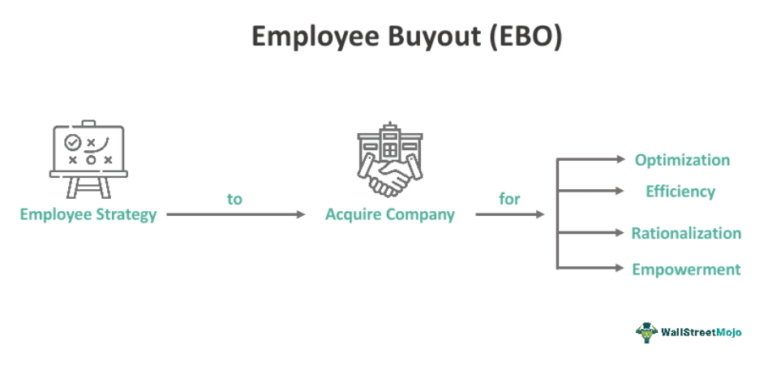
Audience
- Sentiment: neutral
- Political Group: conservative
- Age Group: middle-aged
- Gender: male
Overview
- The debate about the penny’s value has gained attention following Donald Trump’s suggestion to stop minting them.
- Arguments for keeping pennies include their use in charitable donations and concerns over rounded prices.
- Other countries have successfully removed low-value coins without causing inflation, suggesting the U.S. could follow suit.
Are Pennies Really Worth the Trouble?
Have you ever dug through your pockets or your piggy bank only to find a bunch of pennies? If you’re like me, you might have felt a little bit annoyed. What can you even buy with a penny these days? Not much! Recently, former President Donald Trump made headlines with a post on Truth Social where he suggested we should stop minting pennies. He thinks it’s wasteful because producing them costs more than they’re worth. In fact, it costs about 3.7 cents just to make one penny! Let’s dive deeper into this topic and figure out why this debate about pennies matters.
A Little History Lesson
To really understand why pennies are such a big deal, let’s take a quick trip back in time. The penny has been a part of American currency since 1792! That’s over 230 years! Originally, the penny had a depiction of Liberty on it, symbolizing freedom and independence. However, since 1909, it’s mainly been known for featuring the image of President Abraham Lincoln, which most of us recognize today.
Imagine living in a time when a penny could actually buy you something meaningful. Back in the 19th century, it could get you a loaf of bread! Crazy, right? But as time has gone on, inflation has made everything more expensive. Now, a single penny feels almost useless. It’s like an old trophy you keep for memories but never display or show off.
The Cost of Production
Now, let’s get back to President Trump’s statement. He pointed out that making pennies costs more than what they actually represent. The U.S. Mint produces all sorts of coins, but the penny has become a financial burden. It’s not just the metals—copper and zinc—that are expensive. There are also the costs of labor, transportation, and other expenses. When you add it all up, you realize that retaining the penny could be seen as a waste of resources.
In fact, the U.S. has a printing and minting process that sparks controversy among many. Should we continue to make an item that costs more than its value? This discussion has been going on for years.
Why Keep The Penny?
Despite the debate, some people still want to keep our trusty penny. They argue that eliminating it would lead to rounded prices at stores. For example, if you went to buy a candy bar that costs $1.01, the cashier might round it up to $1.05. At first, that doesn’t sound so bad. It’s just four cents! But if you’re someone who doesn’t have a lot of money, those extra cents could add up over time.
Additionally, there are people who use pennies for charitable causes. You’ve probably seen jars for donations where every little penny helps make a change. How would these organizations collect funds if pennies didn’t exist?
International Examples
The penny isn’t just a U.S. issue, though. Many other countries have dealt with similar problems. For example, Canada decided to phase out its penny in 2013. What happened? It actually didn’t lead to inflation, which is a concern many have in the United States. Canadians have adapted well, rounding prices to the nearest five-cent increment.
That gives a good example for the U.S. to consider. Other countries like Australia and New Zealand have also gotten rid of low-value coins with similar success. This suggests that, if we were to remove the penny from circulation, we probably wouldn’t encounter a disastrous economic fallout.
A Nuisance?
Let’s face it—do you enjoy counting up pennies? It takes time and can be really irritating when you’re in a rush. Many people view them as a nuisance. They weigh down our pockets or backpacks. The other day, while cleaning my room, I found a whole bunch of pennies mixed in with my other change. I didn’t even want to deal with them!
Plus, in a society where digital transactions are becoming the norm, how often do you pay with cash? Most people now use credit cards or mobile payment apps. The need for coins, especially those worth so little, is dwindling. When was the last time you desperately needed a penny?
The Economic Dance
While some people argue for keeping the penny, others warn about what removing low-denomination coins could mean. Yeah, there are those who predict that rounding prices could lead to an overall increase in the cost of goods. This might seem a little scary—especially if you’re a savvy shopper trying to snag the best deal on your favorite snacks!
Economics can be a bit mind-boggling, so let’s break it down. If everything gets rounded up, that can lead to a general increase in prices. Most businesses might take it as an opportunity to adjust their prices, and that, in turn, could hurt everyone in the wallet. That’s why it’s important to think critically about this issue.
A Matter of Sentiment
Sometimes, the conversation about money isn’t just about dollars and cents; it’s also emotional. For many, the penny is more than just a coin. It’s a symbol of hard work and saving—after all, “A penny saved is a penny earned,” right? Some people remember their grandparents telling them to pick up every penny they see, since it could turn into something meaningful.
In a way, the penny reminds us of simpler times, when every cent had its weight in purchasing power. Whether you want to believe it or not, those tiny little metal coins have stories. Every time you plop a penny into a wishing well or toss it into a fountain, you’re making a wish or holding onto a memory.
What the Future Holds
So what’s next? While there hasn’t been any formal announcement from the U.S. Treasury about the penny’s fate, this topic isn’t going away anytime soon. As we continue to move into a more cashless future, the significance of coins—especially those with low value—will continue to be reconsidered.
Now it’s your turn to weigh in. How do YOU feel about the future of the penny? Should we keep it, or let it go the way of the dodo bird? I’d love to hear your thoughts! Drop a comment below and let’s get the conversation started!





